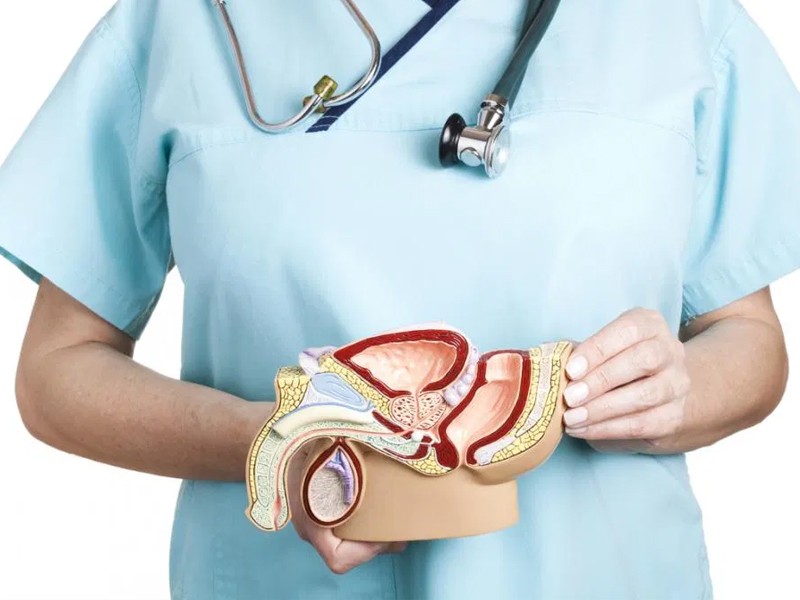ROPA method: IVF for two women

What is the ROPA Method?
The ROPA method (Reception of Oocytes from Partner) is a modern reproductive technology enabling two women in same-sex marriage to take part in pregnancy. This method allows you to share in the joy of having a child, because every woman wants to become a real mother for her child. At the same time, one woman will bear a baby, and the second is a mother at the genetic level.
Indications for ROPA method
ROPA technology is most often used by female couples when two women want to actively participate in pregnancy. But sometimes, indications for dual motherhood can be for medical reasons.
For example, if one of the members of a couple has:
- Poor egg quality, which is typical for women over 35 years old. Moreover, according to modern research, we can say that sometimes the “aging” of oocytes occurs earlier;
- Lack or complete absence of eggs in the body, better known as “early menopause” / “primary ovarian insufficiency”;
- Absence or pathology of the ovaries, which a girl may have from childhood or become an acquired defect during adulthood (for example, an operation to remove the ovaries because of cancer);
- Pathologies and abnormalities of the fallopian tubes;
- Irregular menstruation cycle, which does not lend itself to drug correction;
- Endometriosis or other endometrial disorders;
- Family history contains records of hereditary pathologies that can be transmitted to the child;
- Abnormalities at the chromosomal or genetic level;
- Previously used other reproductive technologies for in vitro fertilization, but the attempts were unsuccessful.
How is the procedure going?
As mentioned before, the ROPA method allows one woman to provide her genetic material, and another woman to carry a child. There are several steps that must be followed for a successful result.
Step 1. Stimulation of the ovaries
When using ROPA technology, a woman who would like to provide her own oocytes should undergo ovarian stimulation therapy. It is important to understand that stimulation should not only be used due to general protocols, but also be selected separately for each woman, taking into account her body characteristics. Only in this case there will be a sufficient number of embryos, which means a high chance of successful conception.
The process takes about 10-20 days on average. During this time period, fertility specialists monitor follicular growth using an ultrasound, which is necessary to assess the body’s response in real time. As soon as the follicles require the right size, the woman is punctured, which brings the future conception of the child closer.
Step 2. Egg retrieval and aspiration of follicles
When the doctor identifies mature follicles of the right size in sufficient quantity, the patient needs to be given an injection, which will accelerate the process of oocyte maturation. The next stage is egg retrieval under the supervision of an ultrasound, then follicular fluid is aspirated. Due to the fact that the procedure is not very pleasant and a little painful, it is recommended to give the patient intravenous short-term anesthesia.
Step 3. Fertilization of oocytes in order to grow an embryo
One of the most important steps is the fertilization of eggs, which is carried out using the ROPA technology under the supervision of a whole team of embryologists, fertility specialists and gynecologists. Embryologists observe the cultivation of embryos in a special laboratory, monitoring many important parameters every day.
It is important to notice even the smallest abnormalities at this stage. Recently, new modern technologies have been increasingly used for this purpose, which help to monitor embryos in real time using a video surveillance program. Control over the cultivation is carried out with the aim of the future selection of embryos that have a high implantation potential. Embryologists observe the embryos until the embryo transfer to the uterus.
Step 4. Embryo transfer into the uterine cavity
One of the most emotional stages of in vitro fertilization with the help of ROPA technologies is the embryo transfer into the uterine cavity.
However, before the transfer, it is necessary to prepare the endometrium for implantation, which is carried out with the help of hormone therapy, in order to increase the likelihood of a successful implantation. When the doctor comes to the conclusion that the endometrium is ready, they begin to transfer the embryo into the uterine cavity.
The procedure is fairly quick and not painful. The doctor, using a thin catheter that is inserted through the cervix, sets the embryo with the highest probability of implantation into the uterine cavity. Some clinics use the usual practice of transferring multiple embryos. However, studies have shown that it is better to transfer one embryo, which will be the most viable and researched using a variety of technologies. After that, the much-desired stage which the couple was waiting for begins. It is confirmation of pregnancy. The test is carried out on days 9-11.
Step 5. Vitrification of embryos
It often happens when during IVF several viable embryos are observed at once, which can be used for transfer. One or two of them are selected for the procedure. Other good embryos are saved for possible future procedures in order to avoid re-stimulation and egg retrieval. The preservation process can be carried out using vitrification. Vitrification is the cryopreservation of embryos, which allows you to preserve as many viable embryos as possible. Another advantage of this method is that it is extremely fast (up to 20 thousand degrees / sec). The biomaterial that has been vitrified becomes glassy. However, do not worry that crystallization may damage the embryo, because ice particles do not form during vitrification. Studies have shown that the survival of embryos after this procedure is about 90-98%.


